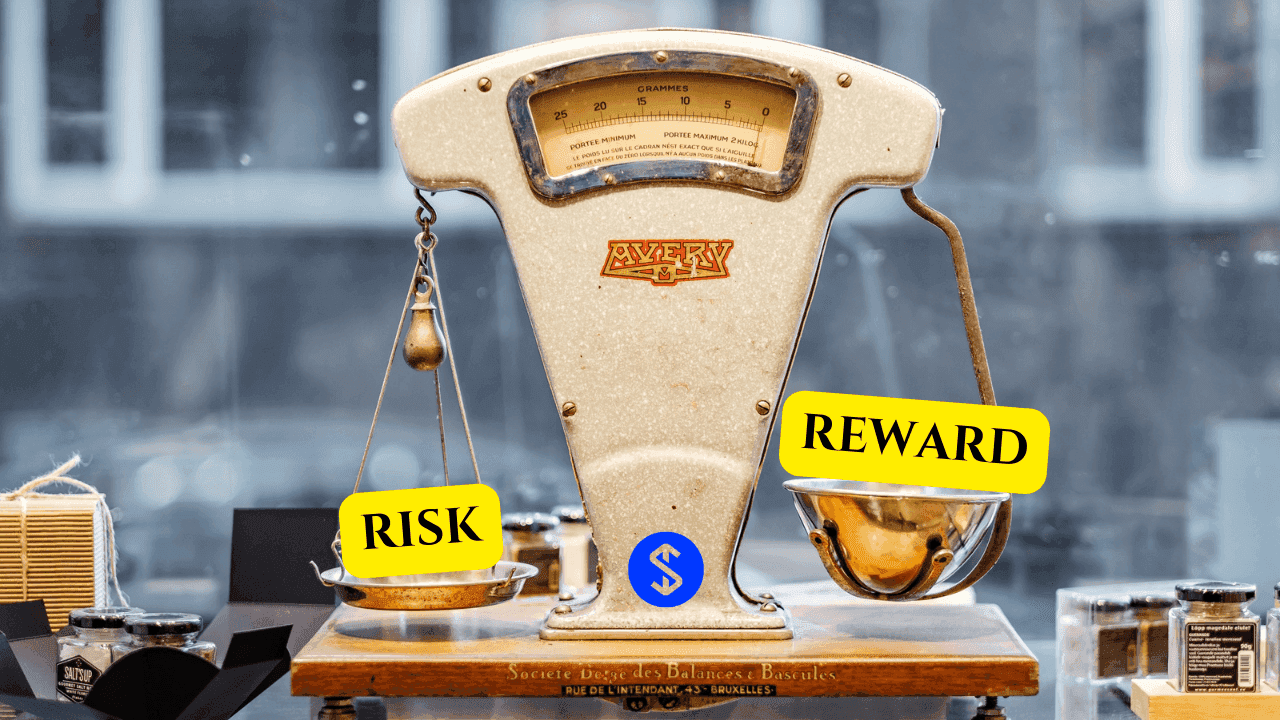
Well-affirmed Stablecoins are considered the cryptocurrency sector’s safe haven. While many projects have seen difficult times, and certain ones have failed to come back from them, a well manufactured, backed product can serve as a secure, decentralized market staple.
However, no stablecoin is devoid of risk, and there are two main currents of risk to look out for; the first risk type is tied to the stablecoin itself, while the second risk type is tied to the protocol in which the specific stablecoin is used.
Here at Stablecomp we aim to adjust this market and its strategies through analysis and expertise, and for this reason we’ve put together a concise risk overlook utilizing stablecoin parameters.
PROTOCOL RISK
When it comes to Stablecoin's protocol risk, we have picked out three main parameters to watch out for: Contract auditing, DVL (Dominance of Value Locked), and Longevity.
Contract Auditing has to be conducted by high credibility auditors, who need to have found no critical issues, for the protocol to be considered no risk. A few critical issues within it raise the risk profile to Median, while No auditing and many critical issues obviously render the protocol high risk.
Dominance of Value Locked is the percentage ratio between the Total Value Locked within the decentralized application in question, and the sum of all Total Value Locked on all the different decentralized applications on the protocol’s blockchain. This figure offers a clear and robust representation of the market share a protocol has within a certain DeFi ecosystem. If the DVL value is over 1% on the total value locked in an ecosystem, that means stability and low risk; however, a DVL value under 0,2% equates to high risk. Anything that stands between these two values can be classified as a median risk protocol in terms of DVL.
And finally, longevity is very important, especially in a very volatile market such as the cryptocurrency space, to determine how well a protocol fares in times of adversity
STABLECOIN RISK
Regarding the stablecoin’s structure itself, we have picked three additional parameters, of which one remains the same: Category, Market Capitalization, and Longevity.
When it comes to a stablecoin’s category, it is undoubtedly low risk to go for a Fiat Collateralized product, while over-collateralized stablecoins through crypto or Interest bearing Tokens are classified as a median risk type of products. Algorithmic stablecoins are high risk, as their infrastructure is yet to prove its unquestionable strength.
Market Cap is also important, as a bigger stablecoin has more liquidity to keep afloat in times of crisis and heavy withdrawal; a product with more than a Billion dollars in market cap is low risk, anything between 100 Million and a Billion dollars is median risk, and any stablecoin which has under 100 Million dollars in capitalization should be seen as high risk.
Finally, Longevity; any stablecoin with a lifespan that is over 12 months can be considered a low risk endeavor, while a project which doesn’t have more than six months of experience should be something to be cautious around. Anything between these two values can be seen as a median risk stablecoin.
We hope this can help you in deciding the value of a stablecoin and its protocol: our aim is to make this space better and more secure than ever.
Learn more about Stablecomp and how it can help you earn high returns with low risk. Check our homepage for more details and Follow our channels:
